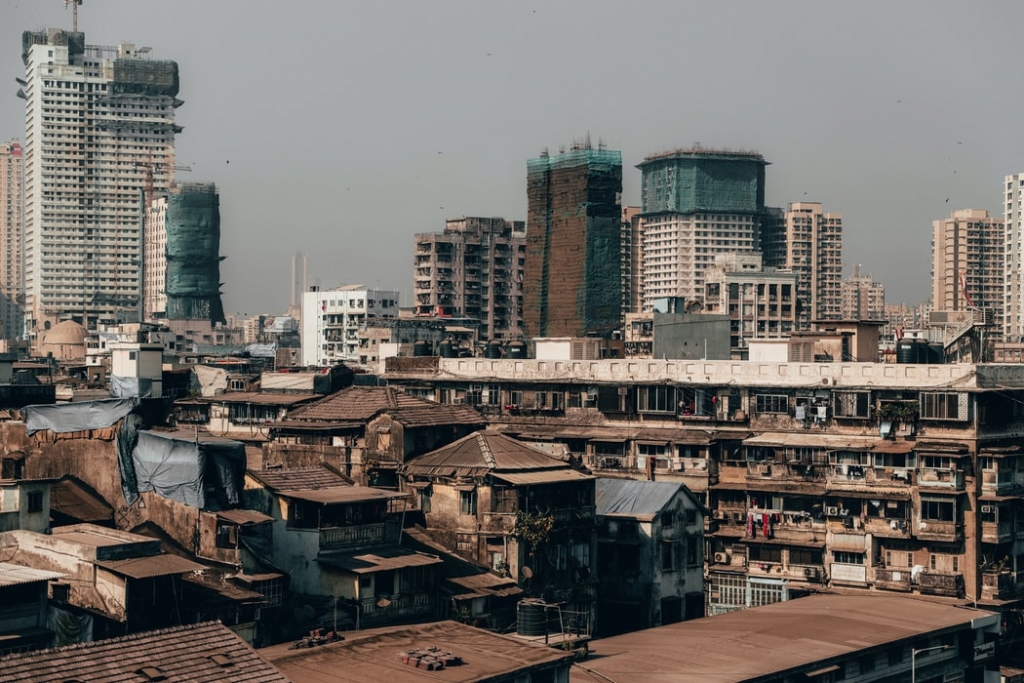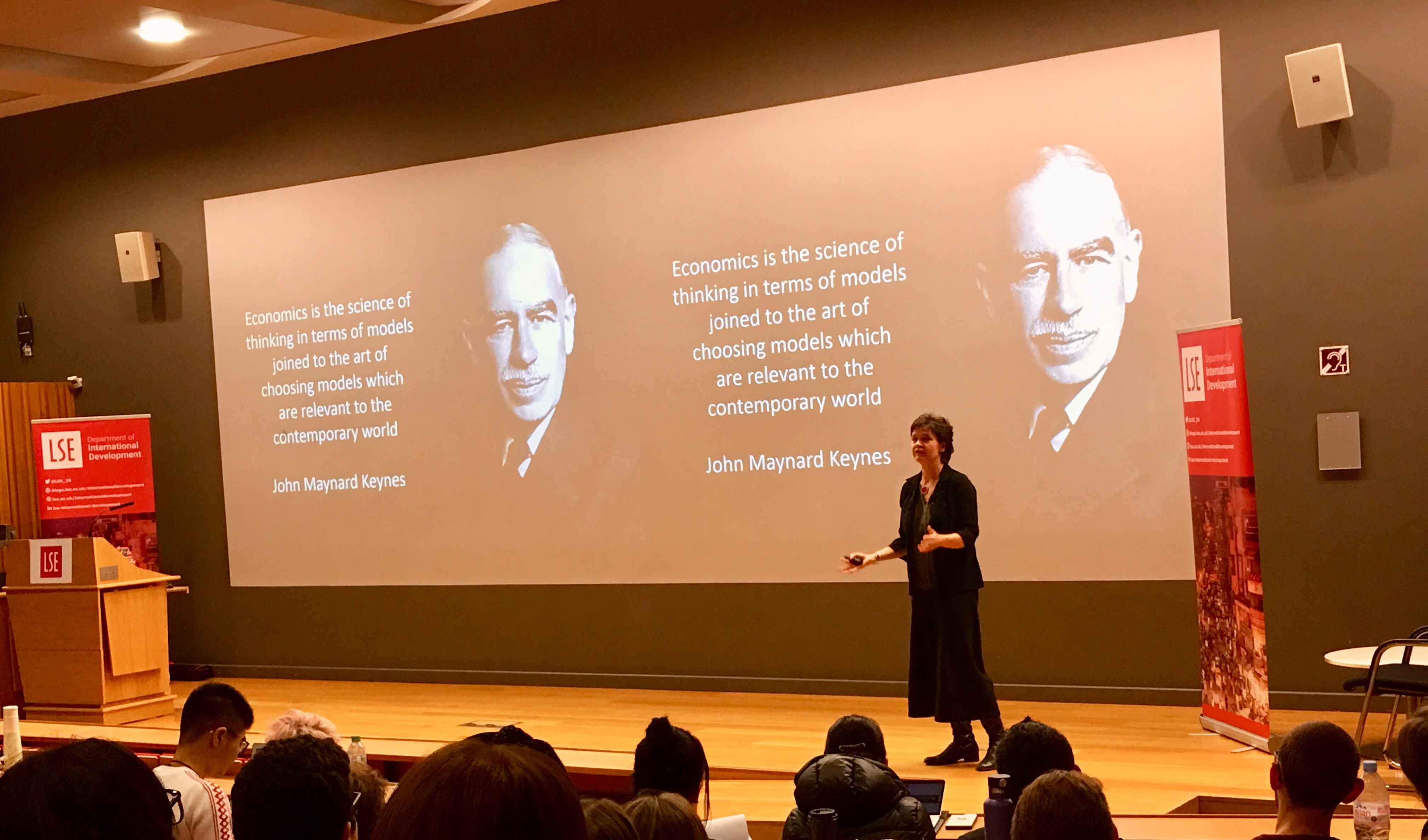Kapil Kanungo and Kruti Munot provide an insight on what impact Covid-19 might have on the economies of megacities by using Mumbai as an example.
From Rome to Pataliputra, cities have been engines for economic growth since the beginning of civilisation. However, over the last couple of centuries, we’ve seen the emergence of a new beast – the megacity. Megacities have become hubs, controlling a large chunk of a country’s economic output, and housing tens of millions of people. With Covid-19 bringing these megacities to a grinding halt, the pandemic is altering the fundamental fabric of urban life in more ways than one.
Migrants and social infrastructure
The megacity was a promise, a dream. It attracted migrants from across the country, and sometimes beyond, to support its giant economic machinery. For instance, official estimates peg Mumbai’s migrant population at 43%. Megacities like Mumbai rely massively on this migrant labour – right from taxi drivers to factory workers underpinning supply chains, to investment brokers and hedge fund managers managing the flow of capital.
Clear inequalities and social hierarchy are entrenched in our megacities. Mumbai is home to the world’s most expensive private estate, as well as Asia’s largest informal settlement. Migrants – especially those that have moved in search of livelihoods away from rural areas – do not own much capital. They find themselves in jobs often at the bottom of the economic rung; and living in densely populated informal settlements.

Enter Covid-19
Twenty percent of all Covid-19 cases, as of today, in India are in Mumbai. Though the virus doesn’t respect caste or class, the privilege of limiting risk through social distancing is only afforded to a few. With Mumbai’s high cost of living, flailing economy and livelihoods in the lockdown, and risk of contagion looming ever-so-high, many migrants start moving back to their hometowns.
Most of us hope everything will spring back on track and migrants will flock back into the city once the lockdown ends. While possible, the odds are stacked against it. The risk-return is no longer as appealing as the pre-crisis days, with the likely reduction in post-crisis average earnings, driven by both lower wages and variability around finding jobs, combined with increased preventive expenditure. Decision-makers for our cities of today – and megacities of tomorrow – need to systemically reassess how: labour and capital flows within our city systems; how the city’s functioning depends on these flows; and how to build resilience for the next crisis – for it is, indeed, inevitable.
Urban infrastructure
Megacities, as urban systems, have built large public and private infrastructure, such as bus stops, trains, flyovers, housing units. The Brihanmumbai Municipal Corporation has the highest budget in Asia for any municipal body, which it uses largely to maintain Mumbai’s infrastructure.
With the economic slowdown that will ensue, public infrastructure spending for non-productive assets will likely drop drastically as priorities shift. Maintaining and upgrading existing infrastructure will become difficult. On private infrastructure, many planned developments are already stuck amidst falling demand and plunging real estate prices.
Our modern version of capitalism assumes the free flow of capital, such that as the demand for capital reduces in a particular location, say Mumbai, it would magically and efficiently move to where it is needed. But capital is broad, involving not only money or intellectual property, but also factories, production systems, shops and establishments. What happens to this capital in the form of fixed infrastructure? How do you freely move it? And as utilization reduces and tax collections fall, what is the incentive for citizenry to pay for what becomes a “white elephant”?

Moving forward
The pandemic is continuing to expose systemic weaknesses in our complex megacities as it unfolds. To restart the gears and cogs of the economic machine, we have a mammoth task ahead of us: from offering social security to attract migrants back, to boosting infrastructure investments and stimulating growth.
For our megacity systems to be sustainable, we must go far beyond merely restarting life as we knew it. Some approaches already offer inspiration: school buildings repurposed into covid-care centres; and railway coaches into temporary quarantine buildings. Can this temporary modularity become a permanent feature of our megacities, where we purposefully evaluate and optimise the use of our infrastructure, intentionally build to repurpose, and avoid “white elephants”? After this boost in digital work, can our policy toolkit for responding to traffic and pollution woes include remote working?
Whether the Covid-19 crisis will be a strong enough push for us to reset our lives, to rethink, re-evaluate and rebuild back better systems remains to be seen. But it would be a shame if we don’t take this time to pause, reflect, and learn for the inevitable megacities of tomorrow.
Odds are, they won’t look like the ones we know today.
Kapil Kanungo (LinkedIn) is a Senior Consultant at Dalberg Advisors, a social impact focused consulting firm. His work has focused on investing for development, urban innovation, and WASH sectors across South and Southeast Asia. He holds an MBA with gold medal from Indian Institute of Management, Indore. He has keen interest in economics, politics, and history and is passionate about cricket.
Kruti Munot (@krutimunot | LinkedIn) is based in Brussels, and works at GIZ on issues of urban development and climate change across Sub-Saharan Africa. She is a postgraduate in Environment and Development from the London School of Economics and Political Science, and holds a Bachelor’s degree in Business and Environmental Science. Her interests lie in urban development, circular economy, and the role of financial institutions in driving sustainable development.
The views expressed in this post are those of the author and in no way reflect those of the International Development LSE blog or the London School of Economics and Political Science.






Excellent analysis Kapil. There’s going to be labour crisis in all megacities. Cost of living will increase.